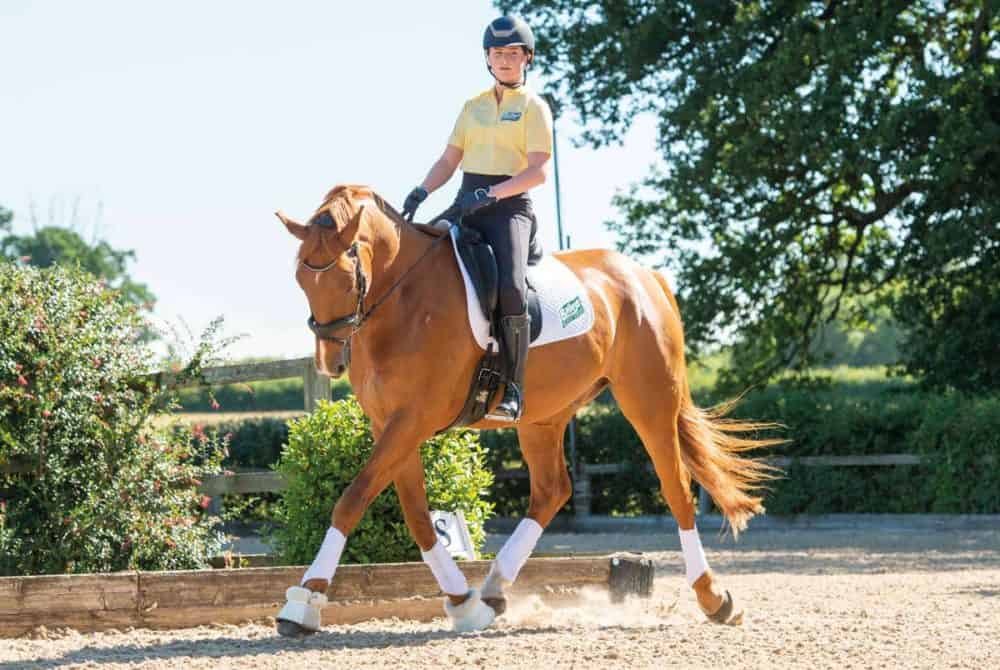Get test ready with Dan Sherriff
Posted 11th September 2020
Whether you’re about to start your dressage journey or need a little refresher, Dan Sherriff’s handy hints and exercises will send your scores soaring

Now more than ever, dressage is a sport for everyone. Whether you’ve been riding for years and want to try it out, have taken a break and wish to make a comeback or are at the beginning of your life in the saddle, there are tests to suit all horse and rider combinations, as well as a wealth of support that means access to the right trainer couldn’t be easier.
So, how do you go about preparing for your first test? Polishing the basics at home, using the arena to your advantage and some scales of training homework will put you on the path to success.
Top tip
Straightness isn’t just about riding on a straight line – it applies in all schooling shapes. On a circle, your horse’s quarters should follow the same path as his forehand, not swing in or out. Arena mirrors, your instructor or a knowledgeable friend on the ground will help you learn to identify straightness.
On paper
The starting point for anyone working towards their first test is becoming informed about what’s required. If you start at Prelim, dressage judges will be looking for the basics – in other words, making smooth upwards and downwards transitions and turning left and right correctly and accurately – and evidence that the scales of training are starting to be put to use. These scales are important areas of study in your horse’s education, and you’ll be expected to have them more and more polished as you move up the levels. The scales refer to your horse’s…
- rhythm The forwardness and regularity of your horse’s steps
- suppleness Meaning that both sides of your horse’s body are evenly relaxed, pliable and free from tension
- contact The feeling that your horse is pushing through from behind into the reins
- impulsion Refers to the energy being injected from your horse’s hindquarters into his paces
- straightness In which your horse’s shoulders and hindquarters follow the same line, as if you were riding on train tracks
- collection Or, your horse’s ability to engage his hindquarters and compress his outline
Learning these scales by heart and keeping them in your head as boxes to tick will ensure you’re informed about the quality of your horse’s work and will enhance your understanding of the judge’s comments, allowing you to learn more from your scoresheets.
Find out more about how you can boost your dressage scores in November Horse&Rider, on sale 17 September.










